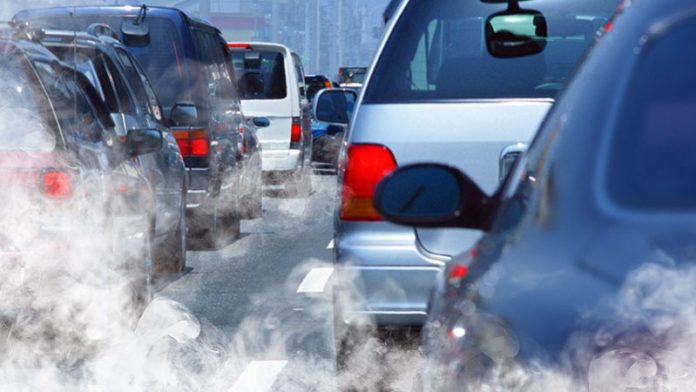
DEFICITS in the palladium and rhodium markets were expected to develop this year despite record prices for the metals, said Reuters citing a report by Johnson Matthey.
This was owing to increasingly stringent environmental regulations forcing automakers to fit more of the metals to autocatalysts. Autocatalysts are fitted to car exhausts in order to control noxious emissions.
“Last year saw a 14% rise in global average palladium loadings on gasoline cars, with double-digit growth in both Europe and China,” said Johnson Matthey. Despite lower vehicle sales in most markets, palladium demand from the auto sector rose 10% in 2019 to 9.7 million ounces and would increase again this year.
That pushed the roughly 10 million oz/year market – in deficit for most of the last decade – to a shortfall of 1.2 million oz, Johnson Matthey said.
Consumption of rhodium by vehicle makers rose 14% in 2019 to 1 million oz, creating a 26,000 oz undersupply, the report said.
Palladium and rhodium are by-products of platinum and nickel mining, making it difficult to quickly increase production, said Reuters.
The roughly eight million ounce a year platinum market moved into a deficit of 203,000 oz in 2019 after two years of surplus owing to an increase in investment demand. Investors bought a whopping 1.1 million oz, the report said.
It said vehicle manufacturers were becoming more interested in substituting expensive palladium for platinum – something that many investors and analysts expect – but “… 2020 is still too early to see significant substitution,” said Reuters citing the report.
“Unless investor appetites are sustained into 2020, the platinum market could move back into surplus,” the report said.











